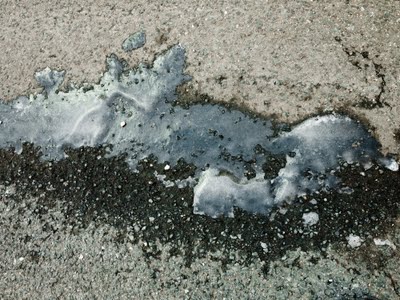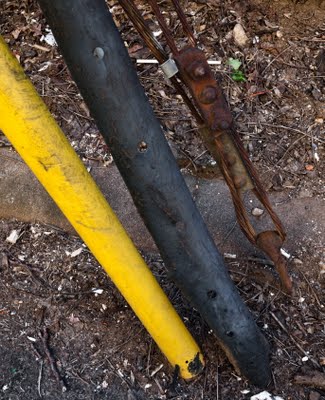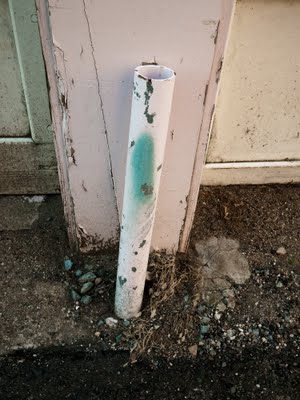Quick (Not!) and Dirty Comparison
I thought I'd throw together a little compare & contrast exercise for y'all between Lightroom 3 Beta and Aperture 3. The problem, of course, is that I'm working on my severely underpowered MacBook Air. It will run both programs, but everything is much slower than one would hope… and in the case of Aperture, it quickly becomes damn near unusable. LR3 does a MUCH better job of supporting my feeble little laptop. With this hardware, the fine points of image quality are really irrelevant; I simply can't get work done in a timely fashion using Aperture on this machine.
Nevertheless, I've prepared some comparison images for your amusement.
First up, an unremarkable image opened from RAW with no adjustments:
Aperture
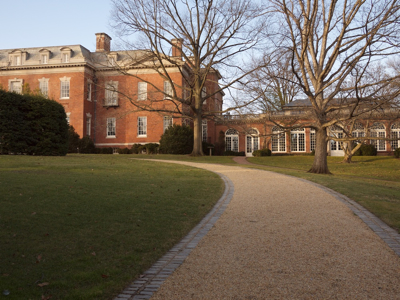
Lightroom
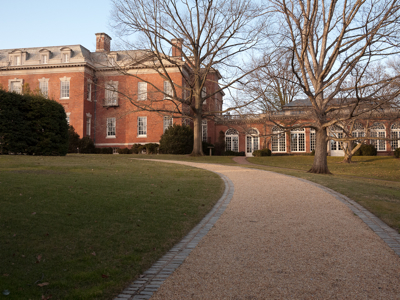
Now with typical adjustments:
Aperture
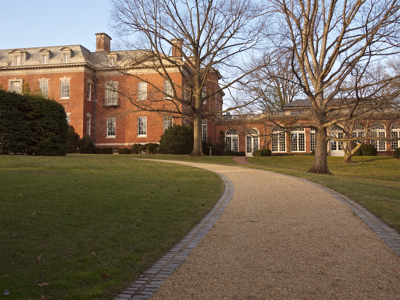
Lightroom
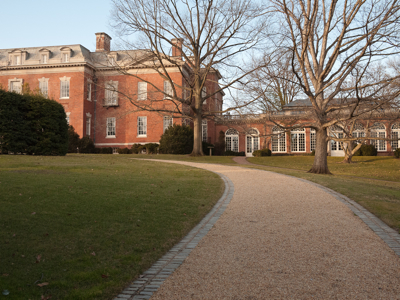
A few other examples:
Aperture
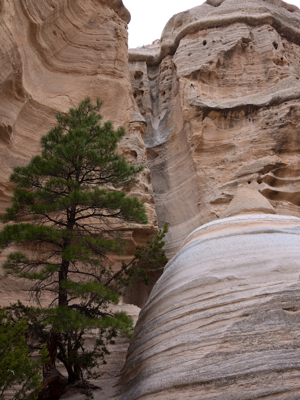
Lightroom
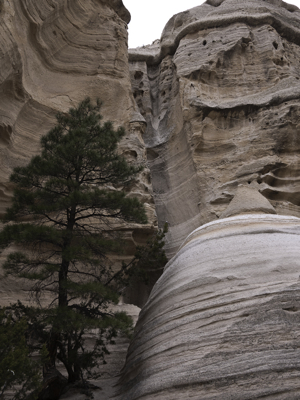
Aperture
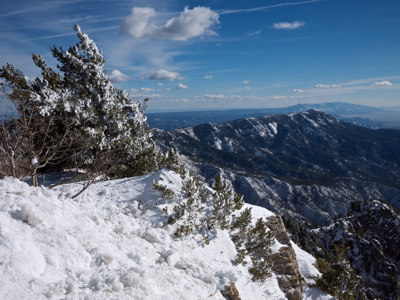
Lightroom
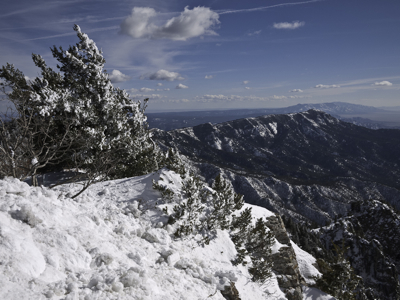
And, lastly, a comparison with a previously-posted image:
Aperture
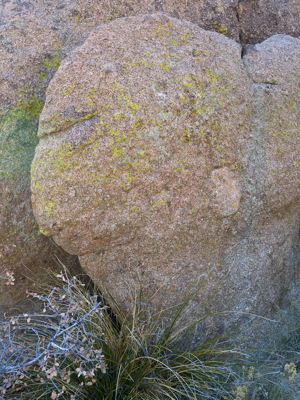
Lightroom
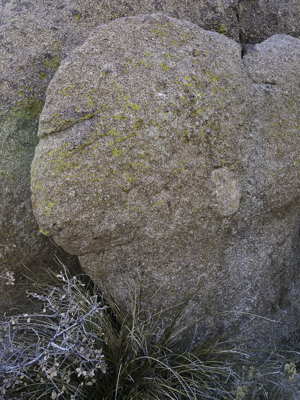
If you're not seeing big differences between these images (or if you're not seeing them at all on Facebook, please click through to the post on my blog), well, that's because there aren't a lot of big differences. I would say, on average, images coming out of Aperture tend to wind up a little more contrasty and a little more vibrant/saturated. Some of that is probably because, on my gimpy machine, I can't really do adjustments in real time, which probably means I'm over-correcting.
Still, the upshot of this comparison is that while I LOVE the many other features Aperture offers (ease of keywording, Places, and Faces), it is currently way more frustrating than I'm prepared to tolerate for actually making image adjustments. And I think Lightroom 3 Beta currently has the edge in terms of brushed-in adjustments.
My Aperture trial will expire in 9 days. Lightroom 3 Beta will expire in mid-April. I will revisit the comparison when I have hardware that can handle the burden that Aperture places on it, and make a purchasing decision shortly thereafter. It's possible I'll wind up using LR3 for RAW editing and iPhoto (the latest version of which will be free on my theoretically-forthcoming new hardware) for cataloging and other higher-level tasks.
Nevertheless, I've prepared some comparison images for your amusement.
First up, an unremarkable image opened from RAW with no adjustments:
Aperture

Lightroom

Now with typical adjustments:
Aperture

Lightroom

A few other examples:
Aperture

Lightroom

Aperture

Lightroom

And, lastly, a comparison with a previously-posted image:
Aperture

Lightroom

If you're not seeing big differences between these images (or if you're not seeing them at all on Facebook, please click through to the post on my blog), well, that's because there aren't a lot of big differences. I would say, on average, images coming out of Aperture tend to wind up a little more contrasty and a little more vibrant/saturated. Some of that is probably because, on my gimpy machine, I can't really do adjustments in real time, which probably means I'm over-correcting.
Still, the upshot of this comparison is that while I LOVE the many other features Aperture offers (ease of keywording, Places, and Faces), it is currently way more frustrating than I'm prepared to tolerate for actually making image adjustments. And I think Lightroom 3 Beta currently has the edge in terms of brushed-in adjustments.
My Aperture trial will expire in 9 days. Lightroom 3 Beta will expire in mid-April. I will revisit the comparison when I have hardware that can handle the burden that Aperture places on it, and make a purchasing decision shortly thereafter. It's possible I'll wind up using LR3 for RAW editing and iPhoto (the latest version of which will be free on my theoretically-forthcoming new hardware) for cataloging and other higher-level tasks.
